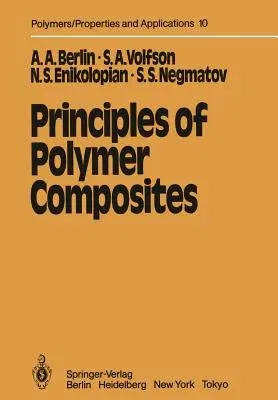Alexander A Berlin
(Author)Principles of Polymer Composites (Softcover Reprint of the Original 1st 1986)Paperback - Softcover Reprint of the Original 1st 1986, 6 December 2011

Qty
1
Turbo
Ships in 2 - 3 days
In Stock
Free Delivery
Cash on Delivery
15 Days
Free Returns
Secure Checkout
Part of Series
Polymers - Properties and Applications
Print Length
124 pages
Language
English
Publisher
Springer
Date Published
6 Dec 2011
ISBN-10
3642701817
ISBN-13
9783642701818
Description
Product Details
Book Edition:
Softcover Reprint of the Original 1st 1986
Book Format:
Paperback
Country of Origin:
NL
Date Published:
6 December 2011
Dimensions:
24.41 x
16.99 x
0.76 cm
ISBN-10:
3642701817
ISBN-13:
9783642701818
Language:
English
Location:
Berlin, Heidelberg
Pages:
124
Publisher:
Weight:
235.87 gm

